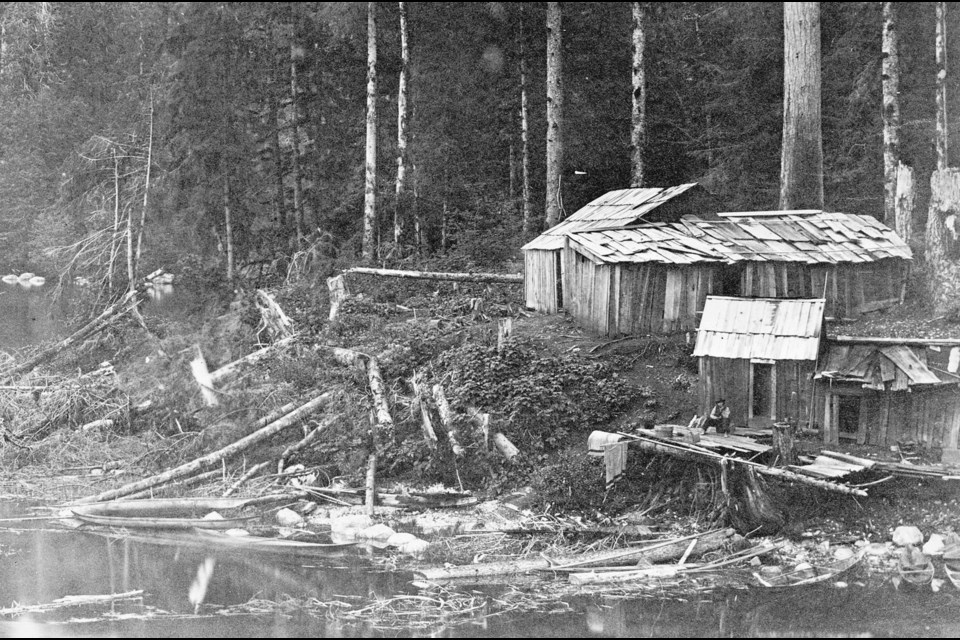Stanley Park is often referred to as the jewel of Vancouver.
A massive, mostly forested park, it was first earmarked as a park in 1886 and officially opened as Stanley Park in 1888 by Mayor David Oppenheimer (who years later would have a park named after him). Lord Stanley, who the park was named after, was the Canadian governor general at the time and came to Vancouver 1889.
Before and after settlers claimed it, Indigenous people lived on the land and gathered food in the area.
The Squamish village X̱wáýx̱way was northwest of Brockton Point, what is now called Deadman's Island was a tree-burial ground, and there was a massive midden. Settlements were moved by the settler government when they wanted to build a road (which ended up using some of the midden).
One of the most famous natural sights in the city in 1890, Slhx̱i7lsh was also known as Nine Pin Rock or the Pulpit. Its contemporary name, Siwash Rock, is derived from a word that means savage. In Squamish stories, the rock is a man who was transformed into the outcropping that stands there today.
Before it was a park, the land had several uses. The British military had claimed it as a military reserve before it was a park, and the military used parts of it up until WWII as it was deemed a strategic strong point.
Some areas, including Brockton Point, were used as a burial ground. An area near Prospect Point was used as a water reserve until 1948. It was even logged a bit.
As a park, it became a popular site right away. Tourists, cyclists, and picnickers regularly made the trek. The hollow tree was one of the city's biggest tourist attractions. Doing the Stanley Park Drive loop was popular too (although it was a bit different since Lost Lagoon wasn't cut off and a bridge acted as an entrance into the park.
Brockton Point soon became a central place for the city's earliest athletes, with cricket, lacrosse and athletics all using the grounds.
The Stanley Park Zoo was another early attraction; it had a somewhat depressing beginning as the first animal was an orphaned bear cub chained up.
There are a handful of things that have remained in the park for 130 years and still get attention: the hollow tree, the Stanley Park Drive, Second Beach, the Prospect Point lookout and Slhx̱i7lsh (Siwash Rock).
Most of the rest of the man-made amenities have changed, though many of the concepts remain. The Stanley Park Zoo is gone, but the Vancouver Aquarium has replaced it to some extent. The Brockton Point lighthouse is gone, but a new one (relatively speaking) is there. Brockton Point has evolved over the years, but its fields are still used for sports.
However, one thing that hasn't really changed is the main feature of the 1,001-acre park — the forest.
If you want to check out the Vancouver Archives yourself from home, you can search the digital holdings online.



